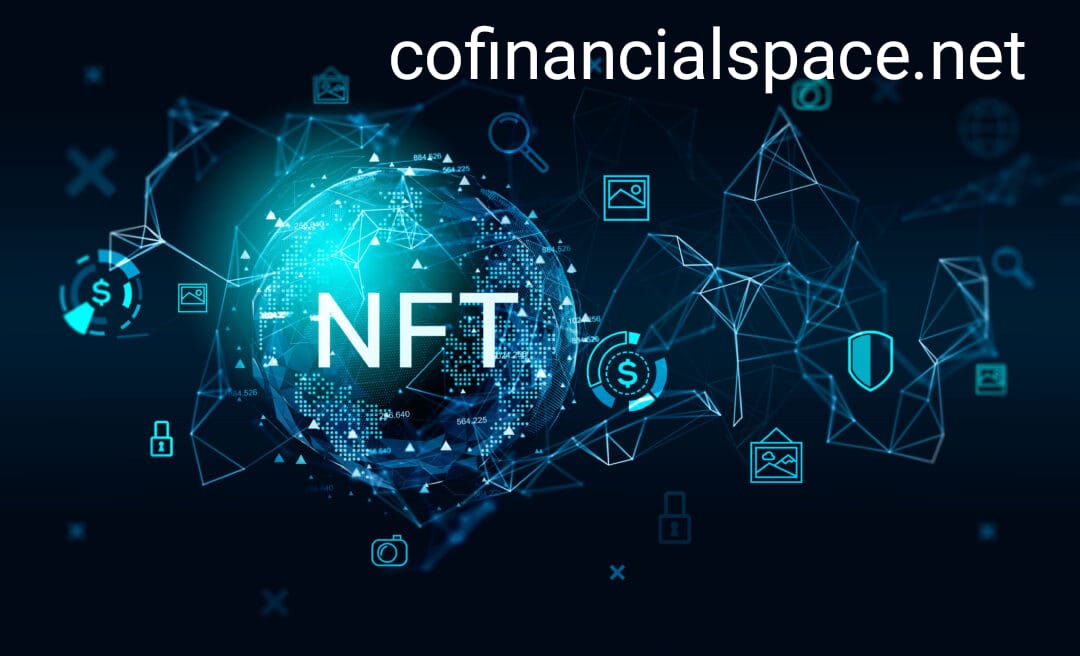
17 mars 2023
NFTs, or non-fungible tokens, have become a hot topic in the world of digital art and collectibles in recent years. But what exactly are they, and how do they work? In this article, we'll take a closer look at NFTs and explore their growing popularity.
What Are NFTs?
At their core, NFTs are a type of digital asset that represents ownership of a unique piece of content, such as a digital artwork or a tweet. Unlike fungible tokens, such as cryptocurrencies like Bitcoin, NFTs are unique and cannot be exchanged on a one-to-one basis.
One way to think of NFTs is as digital certificates of ownership that are stored on a blockchain. When someone purchases an NFT, they are buying the right to claim ownership of the content associated with that token. This ownership can then be transferred to someone else if the owner decides to sell the NFT.
How Do NFTs Work?
NFTs are typically created using blockchain technology, which allows for secure, transparent ownership records. In most cases, NFTs are created on the Ethereum blockchain, which has become a popular platform for digital asset creation.
To create an NFT, an artist or creator will typically create a piece of digital content, such as an image or video. They will then mint the NFT, which involves creating a unique token on the blockchain that is associated with that piece of content. This token is then sold to a buyer, who becomes the owner of the NFT and the associated content.
One of the benefits of NFTs is that they can be programmed with specific rules or conditions that govern their ownership and transfer. For example, an NFT might include a rule that specifies how much of the proceeds from its sale should be paid to the original creator.
Why Are NFTs So Popular?
NFTs have become popular for a number of reasons. One is the growing interest in digital art and collectibles. With more and more people spending time online, there is a growing market for digital content that can be owned and collected.
Another factor is the potential for NFTs to provide a new way for artists and creators to monetize their work. By creating NFTs, creators can sell their digital art directly to buyers, without the need for intermediaries like galleries or auction houses.
Finally, NFTs have generated a lot of attention because of the high prices they have been selling for. Some NFTs have sold for millions of dollars, which has generated headlines and sparked interest from investors and collectors alike.
Conclusion
NFTs are a unique and innovative way to create and trade digital assets. While they are still a relatively new phenomenon, they have already had a significant impact on the world of digital art and collectibles. Whether they will become a mainstream part of the art world remains to be seen, but their popularity and potential cannot be denied.